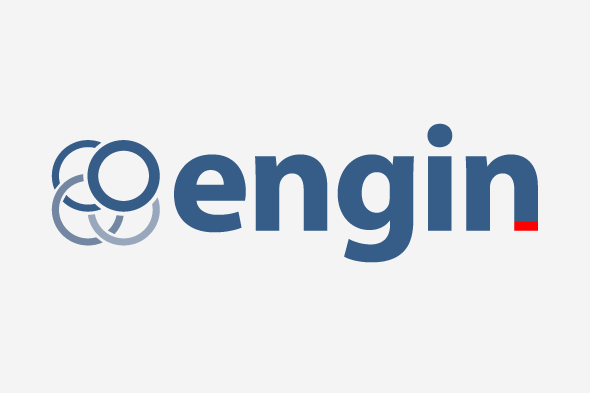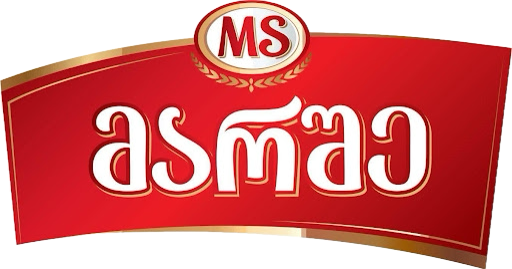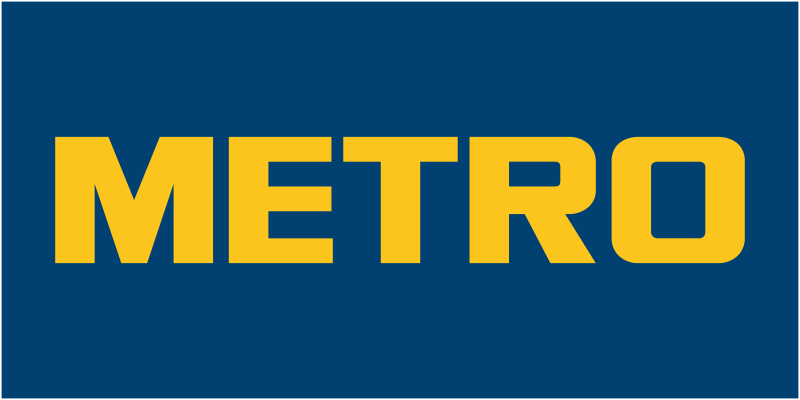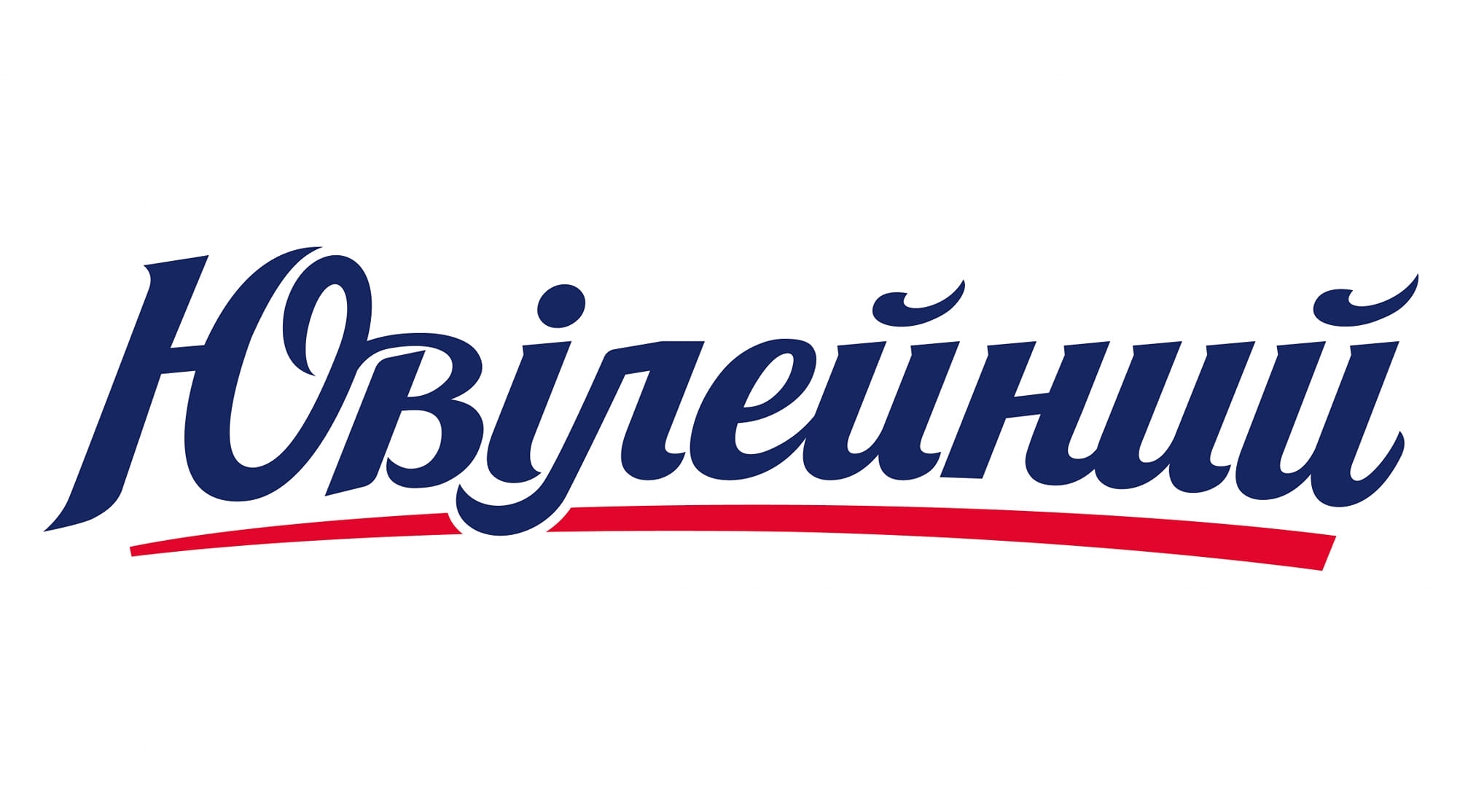Addressing Client Problems
High Delivery Costs
Maintaining a fleet is costly and selecting optimal rented transportation is challenging.
Inefficient Vehicle Loading
Vehicles often depart underutilized. The average transport efficiency coefficient "on the road" is less than 0.7.
Meeting Customer Requirements
Every route involves numerous details—temperature requirements, delivery times, uneven order volumes, etc.
Illogical Complex Routes
Static routing without adaptation leads to illogical routes. Static routes are inefficient in the long term.
Lack of Comprehensive Management
There is no tool for comprehensive management, including planning, plan execution monitoring, and transport utilization analysis.
Significant Human Factor Impact
Addressing All Logistic Challenges
Addressing All Logistic Challenges

Enhance the Route Planning Process
Plan daily delivery routes considering various factors: distance between locations, vehicle utilization costs, customer and warehouse time windows, cargo and transport characteristics, loading/unloading times, etc.

Automated Delivery Stage Control
Monitor route execution automatically: mileage, duration, on-time delivery.

Comprehensive Analytics Tool
Analyze the entire delivery process comprehensively: transport utilization efficiency, profitability of client interactions. Evaluate transport costs concerning the fleet, clients, and points of sale.

Optimize Fleet Management
Reduce maintenance costs of your fleet and rented vehicles by optimizing vehicle loading and reducing the required number of vehicles.
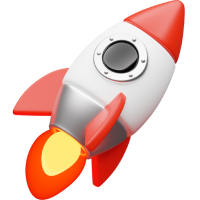
Increase Delivery Speed
Achieve up to 99% on-time deliveries with optimal routes, reducing delays to customers.

Expand the Number of Points on the Route
Utilize TMS for more logical routes, reduce driver travel time and enable more daily visits to points.

Enhance Service Level
Improve NPS by up to 90% and more with reduced delivery times and real-time process control.
What You'll Gain

We appreciate you contacting us. One of our specialists will get back in touch with you soon. Have a great day!

















































